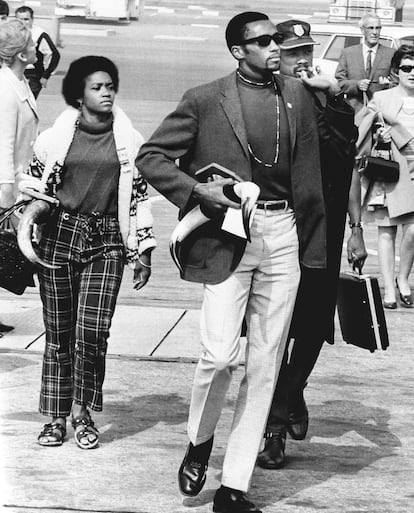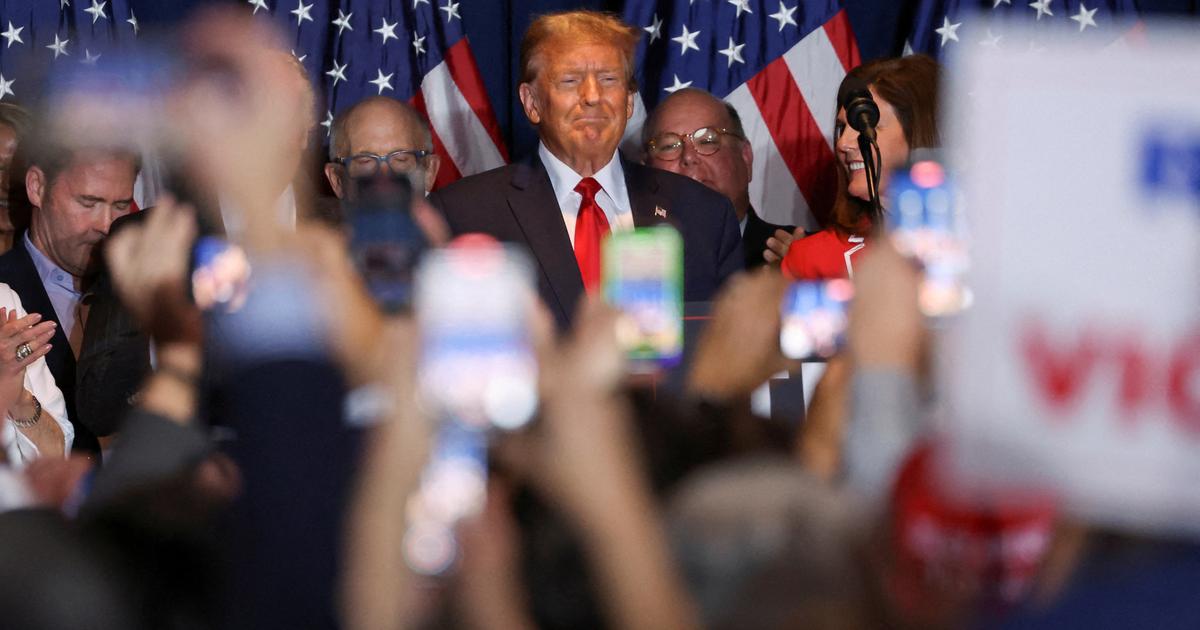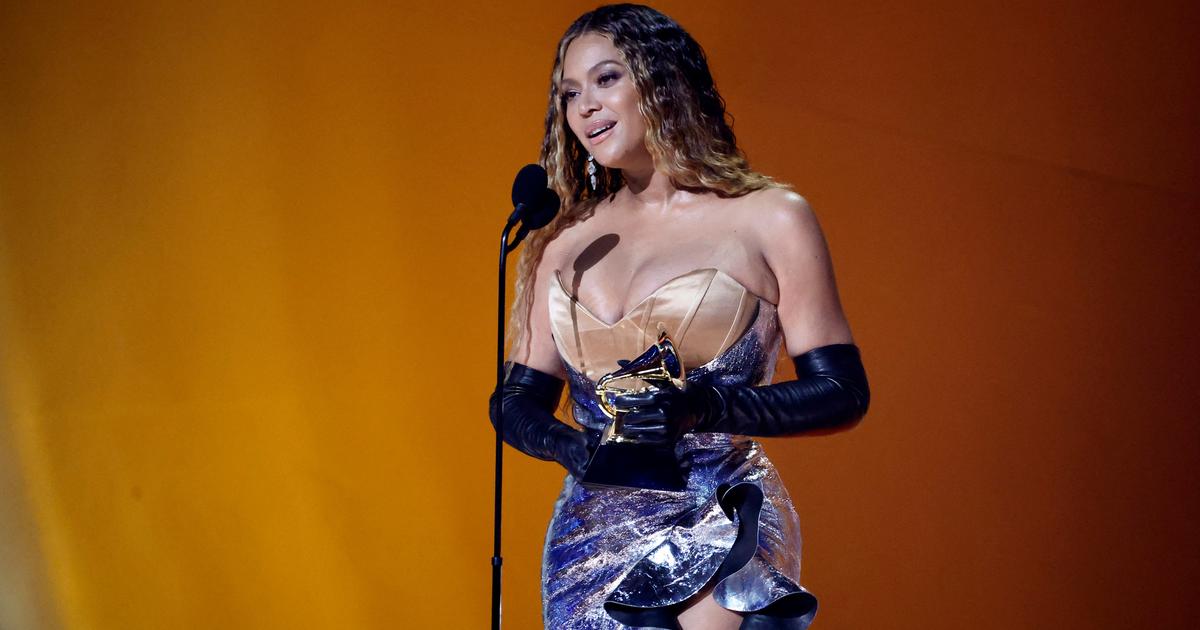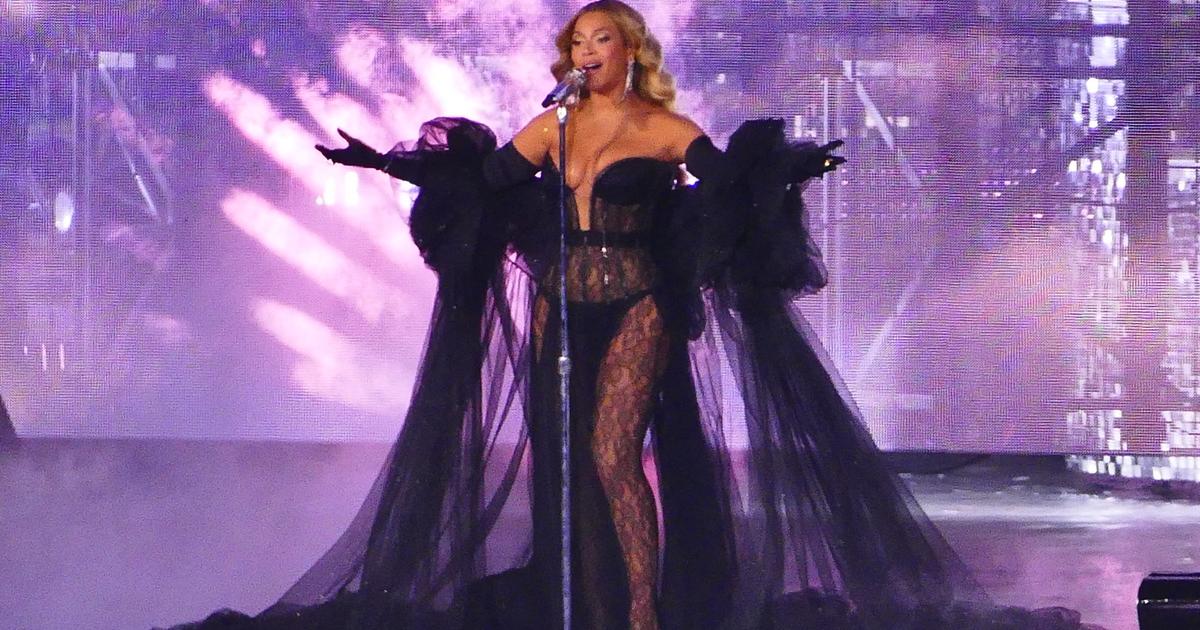The Ivy League
look
is possibly one of the most popular in the history of the Anglo-Saxon universe and, therefore, of the fashion universe in general.
Shirts buttoned up to the last button, polo shirts and
blazers,
khaki pants,
loafers
and the dazzling rise of brands such as J. Press or Brooks Brothers were some of the constants of this way of dressing. According to the wise, the thing started in 1920, but it gained stature and bulk in the 1950s, when wealthy young students from the Ivy League, which included Brown, Columbia, Cornell, Dartmouth, Harvard, Pennsylvania, Princeton and Yale universities , found in the locker room a way to shout to the world that they were special, unique. Nothing spoke of someone as much as that power that emanated from their closets.
The reign of the Ivy has been widely documented in all formats, including a substantial bibliography with the likes of Paul Newman, Steve McQueen, James Coburn and John Fitzgerald Kennedy himself serving as men to announce a trend that is still alive and kicking.
However, there are other aspects of the influence of the wardrobe of the great American heirs that have not been documented and that give the matter an entirely different dimension.
That 's what
Black Ivy is about,
the latest step in the history of a wardrobe that has defined several generations and is now told from the perspective of the African American community.
In the picture, Miles Davis, epitome of cool. Don Hunstein (Columbia Records)
The book, published by the British publisher Reel Art Press, is signed by Jason Jules, one of the great style gurus in the United Kingdom, whose resume ranges from his work as a consultant for firms such as Levi's or Wrangler to his role as a model for clients like Drake's; the direction of the documentary on John Simmons, a key figure in understanding the aesthetic patterns of many of the subcultures that have emerged in the United Kingdom in the last half century, or the styling for bands like Brand New Heavies, Soul II Soul or Jamiroquai.
“The Black Ivy is a form of dress inspired by the style of the Ivy League from the late fifties to the late sixties that was adopted by the African-American community and became a way to claim autonomy, freedom and equality”, Jules explains to us. “For me, it all started with Fred Astaire. I was four years old, and I remember it because it was at that age that they put glasses on me. The thing is, I really liked Fred Astaire: I loved the way he dressed. It wasn't until later that I found out that he would dress like the Ivy boys, but then he would reinterpret it and level it up." Fred Astaire was the first aesthetic inspiration for Jules, who began to collect photos of men whose style fascinated him. “I soon noticed a pattern: I always ended up seeing images of activists,African-American militants and leaders in the fight for civil rights. That's where the need to write this book was born," he recalls.
Tommy Smith and John Carlos, upon their arrival in Los Angeles in 1968, after being expelled from the US Olympic team that participated in the games in Mexico.
Ed Widdis/AP/Shutterstock (Ed Widdis/AP/Shutterstock)
In the volume, Jason Jules elaborates on the idea that the conservative hypothesis that the great American figures of art, culture and politics adopted the Ivy style out of pure imitation or a purely aspirational vocation was nothing more than a way of disdaining the how guys like Malcolm X, poets like Ted Joans, LeRoi Jones or the very iconic James Baldwin managed to make their own clothes worn by people at opposite ends of the social pyramid.
This volume of more than 200 pages does not lack the signatures of some of the most famous photographers of the time, such as Dennis Stock, Burt Glinn, Steve Schapiro or William Claxton, the men who immortalized the best of a long-claimed royalty. The book covers the path that led from Washington to Chicago, and from there to New Jersey and Harlem: a route that dives into the places where Ivy fever began, later glossed on magazine covers and vinyls of the avant-garde music lover. It also reinforces the theory that Black Ivy is a huge influence on the way many now dress, as well as being key to the huge influence that the African-American art collective continues to exert today.
Two young men photographed in 1966 in Watts, a black suburb of Los Angeles.Bill Ray/The LIFE Picture Collection/Shutterstock (Bill Ray/The LIFE Picture Collec)
At the origin of this book are the Black Panthers, a radical socialist organization founded in 1966 by two black students, Bobby Seale and Huey P. Newton, in Oakland, and the message they conveyed with their clothing.
“The beret, the black jacket… His way of dressing, his
look,
instilled fear in many people.
They turned their wardrobe into a kind of language.
It is the same context that we can see in
breakdance
or hip hop.
That is, if you can get down to breaking
beats
and turn them into something else, why couldn't you take a popular style of dress and turn it into something entirely your own? Therefore, the Black Panthers had an easily defined style, but it is not that before them there was nothing. They simply turned something that already existed upside down to convey a message. The same guys who were dressed as university professors turned their
look
upside down and, boom, they were already a militia”, summarizes Jules.
Black Ivy's most popular and celebrated figure is none other than jazz musician Miles Davis, who managed to reinvent cool in a relatively short period of time. But Jules sets his sights on other groups in which he is rarely celebrated for his aesthetic contributions. “I think that jazz musicians are always talked about, how they were the avant-garde. But the real pioneers were, I think, the intellectuals, the academics and the poets. They were the ones who really started this. When Miles Davis dressed in a certain way, he was taking inspiration from those university professors. That said, the person who has influenced me the most is precisely him, Miles Davis, because he was able to create style and identity more than just fashion. He worked for a few years, left a powerful message for posterity, and then left."
Beat poet LeRoi Jones, pictured in 1959 at his Newark home. She later changed her name to Amiri Baraka.Burt Glinn (Magnum Photos / Contact) (©Burt Glinn / Magnum Photos)
Although we are talking about something that happened more than half a century ago, Black Ivy has not disappeared, it is still alive, mutating with each generation that approaches it.
“I would say that the coolest part of the Ivy League style, the one that lives on today, follows in the footsteps of Black Ivy.
And the reason the black community feels entitled to dress like that is because they know they're following in the footsteps of guys like Malcolm X or Miles Davis.
In addition, today we have celebrities capable of updating all that heritage, influencing it with their own brands, such as the musicians Tyler, The Creator or Pharrell Williams, the first with Golf Wang and the second with Billionaires Boys Club”, concludes Jules.















